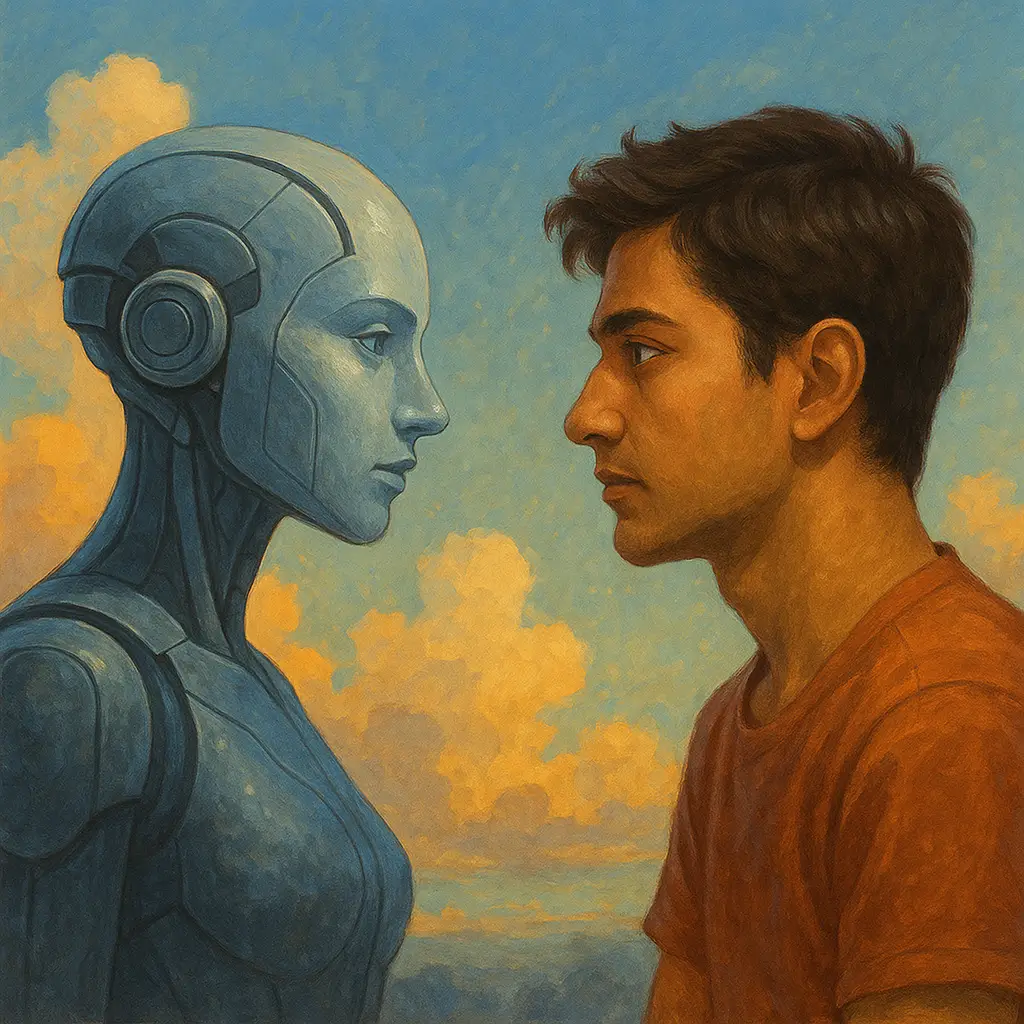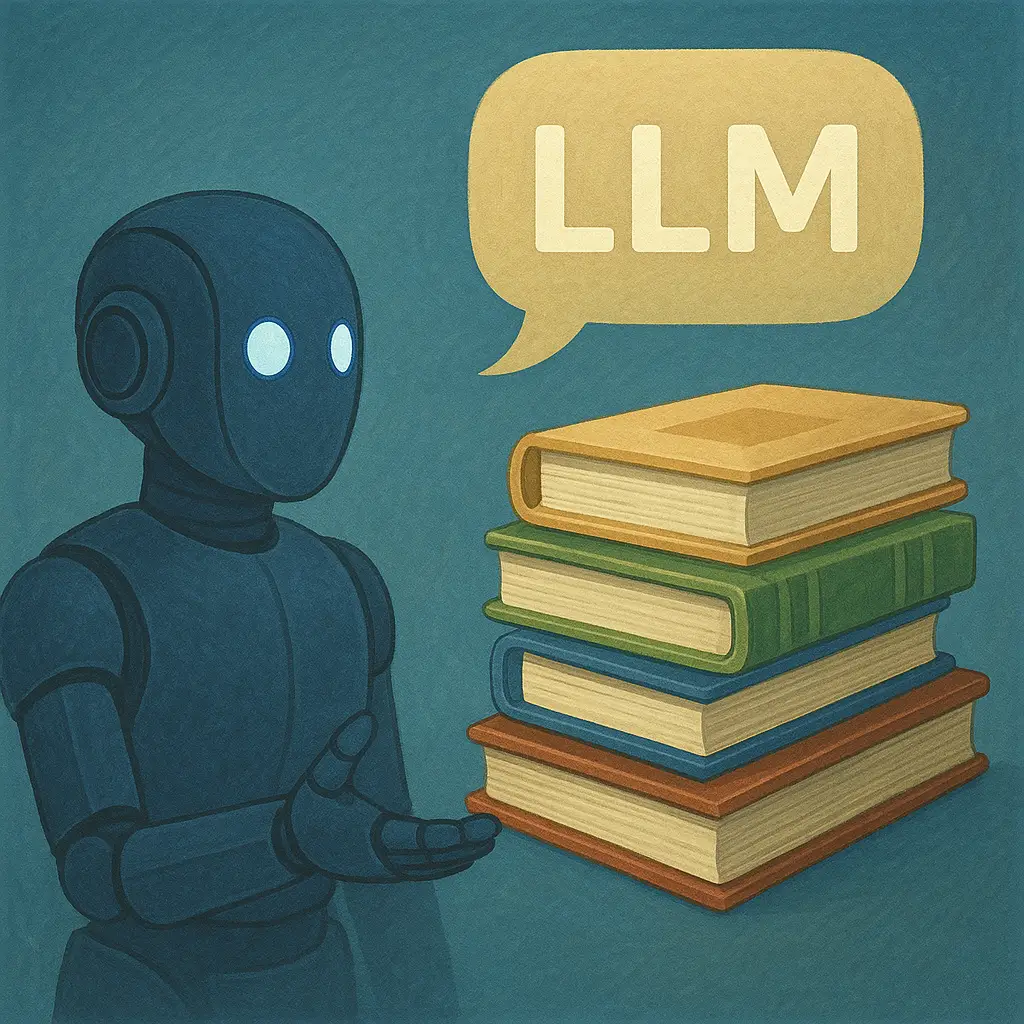
If you’re a content creator, marketer, educator, or just someone trying to express ideas more effectively — AI can now be your creative partner. Whether it’s writing, designing, editing, or producing videos and podcasts, AI tools are transforming how content is made and consumed.
This article explores how you can harness the power of AI to ideate, draft, design, and distribute content across platforms — all while maintaining your unique voice and perspective.
Section 1: The New Content Stack: Human + AI
Gone are the days when content creation meant long hours, expensive tools, and large teams. Today, with the right blend of AI tools, even individuals can:
- Plan content calendars
- Write engaging copy
- Design graphics
- Edit videos
- Schedule posts
Let’s break down the journey step-by-step.
Step 1: Idea Generation with AI
Coming up with fresh, relevant content topics can be time-consuming. AI can:
- Analyze trending keywords and suggest article ideas (ChatGPT + Google Trends)
- Identify frequently asked questions in your niche (AnswerThePublic)
- Suggest video formats that perform well (VidIQ, TubeBuddy)
Example Prompt:
“Give me 10 blog topics on sustainable investing for Gen Z readers.”
Step 2: Writing the First Draft
AI tools can write content for you — but the trick lies in guiding them.
Tools:
- ChatGPT: For structured blog posts, outlines, hooks
- Jasper: Optimized marketing copy
- Writesonic: Social media captions and ads
Best Practices:
- Provide background/context
- Ask for tone/style (“make it sound like a TED talk”)
- Always fact-check and humanize the draft
Step 3: Editing & Polishing
Your content is only as good as its clarity.
Tools:
- Grammarly: Grammar and tone adjustment
- Hemingway Editor: Simplifies sentences
- Wordtune: Offers rewriting suggestions
Workflow:
- Generate draft with AI
- Edit with tools
- Add personal insights and local relevance
Step 4: Designing Visuals with AI
You no longer need to be a Photoshop expert.
Tools:
- Canva AI: Auto-layouts, background removal, Magic Write
- DALL·E / Midjourney: Create illustrations from text prompts
- Runway ML: Turn sketches into animations
Ideas:
- Create podcast covers, Instagram posts, blog thumbnails
- Use AI-generated backgrounds for Reels
Step 5: Audio & Video Content
If you want to expand beyond text, AI can help you produce:
🎙️ Voiceovers:
- ElevenLabs, Murf AI: Convert text into lifelike voice narration
🎬 Video:
- Pictory: Turn blog posts into short videos with subtitles
- Lumen5: Drag-and-drop video maker using text
Example:
Convert a blog on “how to start SIPs” into a 60-sec Instagram reel with Pictory.
Step 6: Scheduling and Publishing
Save time by automating distribution.
Tools:
- Buffer / Later: Schedule posts across platforms
- Notion AI: Plan content calendar
- ChatGPT + Excel: Generate post ideas in bulk
Step 7: Analytics and Optimization
Once your content is live, AI can help you track what’s working:
- Use ChatGPT Plugins to analyze Google Analytics
- Run A/B tests on headlines with CoSchedule Headline Analyzer
- Use Hotjar to track content engagement
Section 2: Real-World Applications
🔹 For Startups
- Create brand storytelling and explainer videos with minimal budget
🔹 For Educators
- Turn lessons into blog posts, slide decks, and even quizzes using AI tools
🔹 For Influencers
- Repurpose one idea into multiple formats: tweet → blog → video → carousel
Section 3: Ethics & Disclosure
Be transparent when using AI-generated content. In India, influencers must disclose sponsored/automated content.
Also, remember:
- Fact-check outputs
- Avoid over-automation
- Ensure originality
Final Thoughts
AI won’t replace content creators — it will empower them. The best content will come from human ideas, amplified by machine speed.
So whether you’re a student building a portfolio, a startup founder on a shoestring budget, or a seasoned writer trying to scale — AI can supercharge your creativity and productivity.
Start small. Experiment weekly. And let AI take the grunt work while you focus on what truly matters: ideas, authenticity, and impact.


